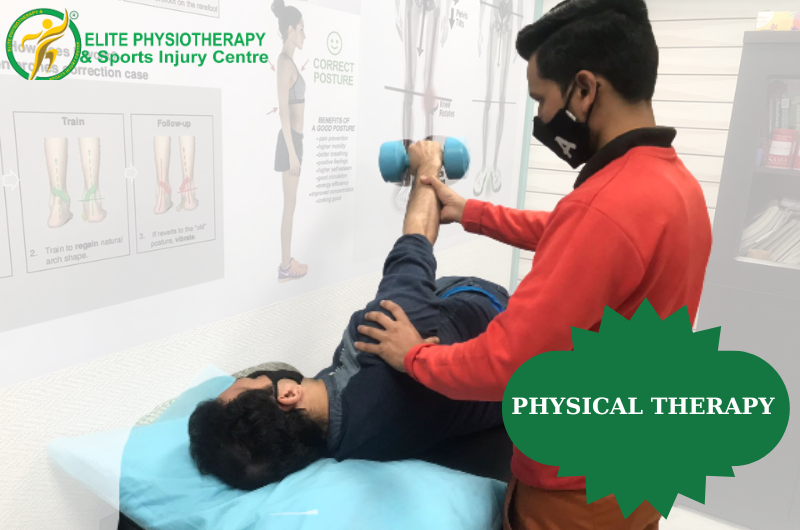
Physiotherapist
Physical Therapy is a healthcare specialty focused on enhancing and restoring functional ability and quality of life to those with physical impairments or disabilities. Through a personalized approach, physical therapists assess and treat a variety of conditions across all age groups, employing techniques such as exercise, manual therapy, and modalities for pain management. This discipline emphasizes patient education, prevention, and rehabilitation, aiming to improve mobility, alleviate pain, and support patients in achieving their highest level of physical activity. Physical Therapy is a collaborative journey towards wellness, empowering individuals to actively participate in their recovery and maintain long-term health and independence.
Questions
WHAT IS PHYSICAL THERAPY?
In the medical field of physical therapy, one can evaluate, assess, and treat people who have functional impairments. Professionals certified by their home state to practice physical therapy provide these services. These experts are qualified to evaluate the situation and assist in regaining the greatest amount of freedom and functional mobility. To help the patient move and feel better, they employ a range of therapeutic approaches and procedures.
HOW DOES PHYSICAL THERAPISTS WORK?
The goal of physical therapy is to enable a safe and quick recovery to maximum function in conjunction with patients, families, and other medical professionals. A physical therapist examines and appraises the patient's entire health. He or she could inquire about the ailment or wound. Typical impairments that are measured might be:
Strength
Range of motion
Flexibility
Balance
Joint mobility
Neurological function
Pain
Cardiac function
Pulmonary function
Overall functional mobility issues.A treatment plan aimed at improving the patient's movement and comfort level will be created by the physical therapist once they have gathered information on the sickness or injury and made a diagnosis.
WHAT TO EXPECT DURING TREATMENT?
Physical therapists employ a variety of methods to enhance strength, range of motion, and mobility while reducing pain and stiffness. It is possible to employ electrical methods such as laser therapy, shockwave therapy, cryotherapy, thermotherapy, ultrasound therapy, transcutaneous electrical stimulations, etc. In order to reduce stiffness and increase mobility, manual procedures are frequently employed. Physical therapists frequently employ exercise to assist patients increase their strength, range of motion, and overall function. In physical therapy, patient education regarding a disease or condition is also crucial.
WHERE TO GET PHYSICAL THERAPY DONE?
Physical therapists work in a variety of different settings including:
Hospitals,
Nursing homes,
Outpatient clinics,
With sports teams,
In schools,
In-home (if the patient is unable to leave due to illness or injury),
Cardiac rehabilitation centers,
Sports team.WHAT ARE THE BENEFITS OF PHYSICAL THERAPY?
Regardless of age, physical therapists provide care to patients throughout their whole lives. It might be necessary to have a physical therapy examination in order to provide treatment and a plan to enhance function. Physical therapists have specific training to treat a particular demographic, such as athletes, the elderly, or children, with:
Pain after injury,
Physical impairment,
Limited normal movement,
Muscle weakness,
Joint hypo or hypermobility,
Impaired mobility,
Loss of function,
Pain,
Prevent injury and loss of function.WHO CAN BENEFIT FROM PHYSICAL THERAPY?
Beyond the ailments listed, physical therapists may treat a wide range of illnesses. A physical therapist might be helpful when an illness or accident develops that restricts one's ability to move around safely or properly.
Conditions Treated by physical therapists include:
Musculoskeletal conditions like arthritis, post-fracture, etc.
Neurological conditions like spinal cord injury, carpal tunnel syndrome, stroke, etc.
Pediatric conditions like torticollis, club foot, cerebral palsy, etc.
Geriatric conditions like osteoarthritis, joint pain, etc.
Sports conditions like ligament injury. Sprains. Etc.
Women’s conditions, pre and post-partum pain weakness, stress incontinence, etc.

